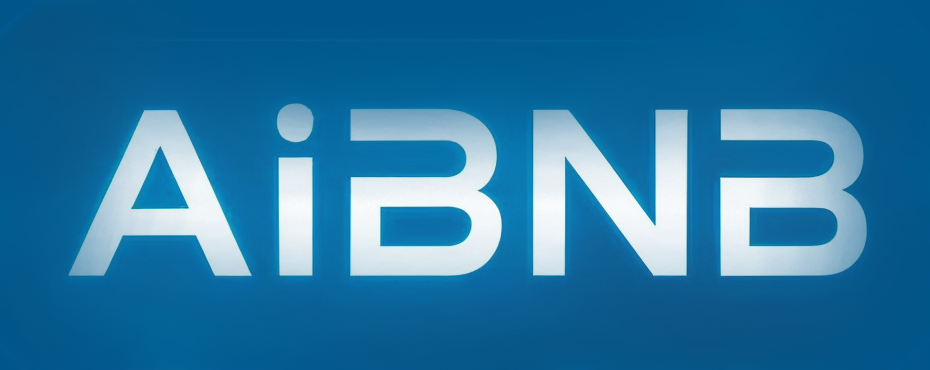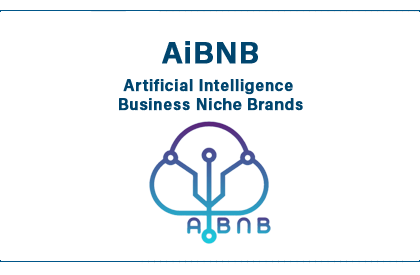Enterprise giant Salesforce is looking to ride the vibe coding wave — where developers describe what they want in natural language and AI agents write the code — with its new AI-powered developer tool.
Salesforce announced its new vibe coding offering, Agentforce Vibes, on Wednesday. This new coding tool helps developers work autonomously on Salesforce apps and agents by handling much of the technical implementation automatically. Agentforce Vibes can help developers from the app idea phase to building to observability with enterprise security and governance controls baked in.
This new tool includes an autonomous AI coding agent named Vibe Codey. This agent is already connected to a company’s existing Salesforce account, which allows it to reuse an org’s already-written code, and follow its coding guidelines, to create apps that match existing products.
Dan Fernandez, the vice president of product for developer services at Salesforce, told TechCrunch that Agentforce Vibes being connected to a company’s existing Salesforce account gives enterprises the best of both worlds. They get to foray into vibe coding but without the potential security issues and without having to start each project from scratch.
“We’re trying to give you everything,” Fernandez said. “So rather than having to spend a bunch of time on setting up [model context protocols — systems that let AI models securely communicate with external tools and data], setting up a dev environment, setting up tools, everything’s prebuilt and ready for you, including AI requests to get started. And that really is sort of a differentiator on how we’re lowering the barrier to entry.”
This isn’t Salesforce’s first foray into vibe coding, Fernandez said, but rather the latest addition to its suite of AI developer tools.
Salesforce first released an AI-powered code building tool back in 2023. Last year, the company announced the general availability of Agentforce for developers at its Dreamforce conference.
Techcrunch event
San Francisco
|
October 27-29, 2025
Now, everything is coming together.
“[We are] taking the power of the client tools and Agentforce for developers and making it tailored to Salesforce development,” Fernandez said. “It really is that end-to-end experience for having an enterprise vibe coding for the agentic enterprise.”
These new capabilities are built on a fork from open source AI coding agent Cline’s Visual Studio Code Extension.
Fernandez said the company tried a lot of different open source coding tools before deciding to go with Cline partially due to its strong support of MCP, or the ability for AI models to securely communicate with external tools and data.
This release comes at an interesting time for the vibe coding industry.
Many vibe coding startups are continuing to raise large funding rounds at eye-watering valuations from investors. Vibe coding startup Lovable, for example, is allegedly turning down unsolicited funding offers from investors after garnering a $1.8 billion valuation just eight months after launching.
Vibe coding startup Anything recently claimed to hit $2 million in annual recurring revenue (ARR) just two weeks after launching.
Despite the hype, the long-term success of these platforms is less clear. Due to the sheer volume of large language model usage required to run these platforms, costs for these companies are high and resulting margins are tight, TechCrunch reported in August.
However, these cost pressures matter less when vibe coding is baked into a larger product suite as Salesforce’s Agentforce Vibes is.
Each Salesforce organization gets 50 requests per org per day using OpenAI’s GPT-5 model with additional requests after that going through a Salesforce-hosted Qwen 3.0 model. The company is currently offering Agentforce Vibes for free to its existing users with priced usage plans expected in the future.




